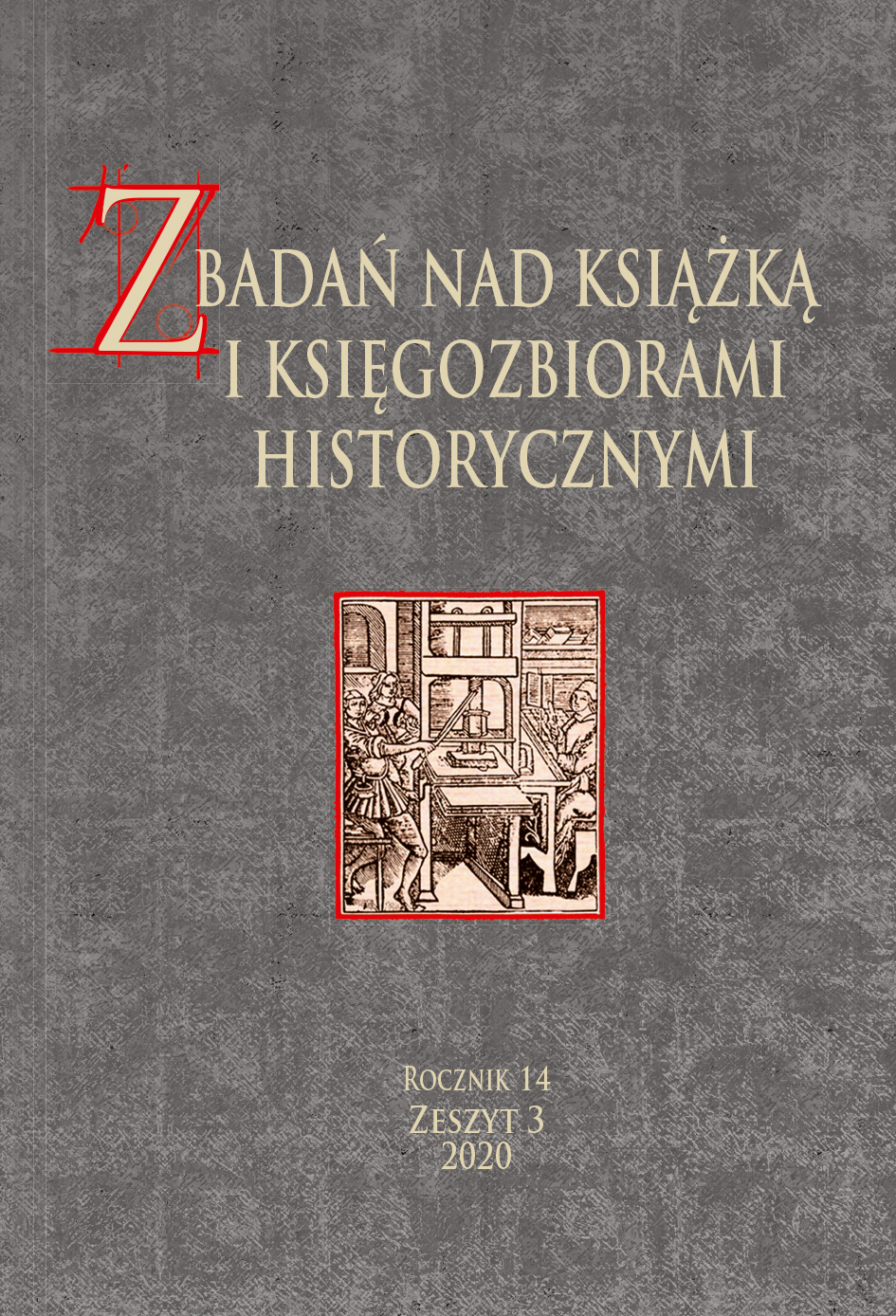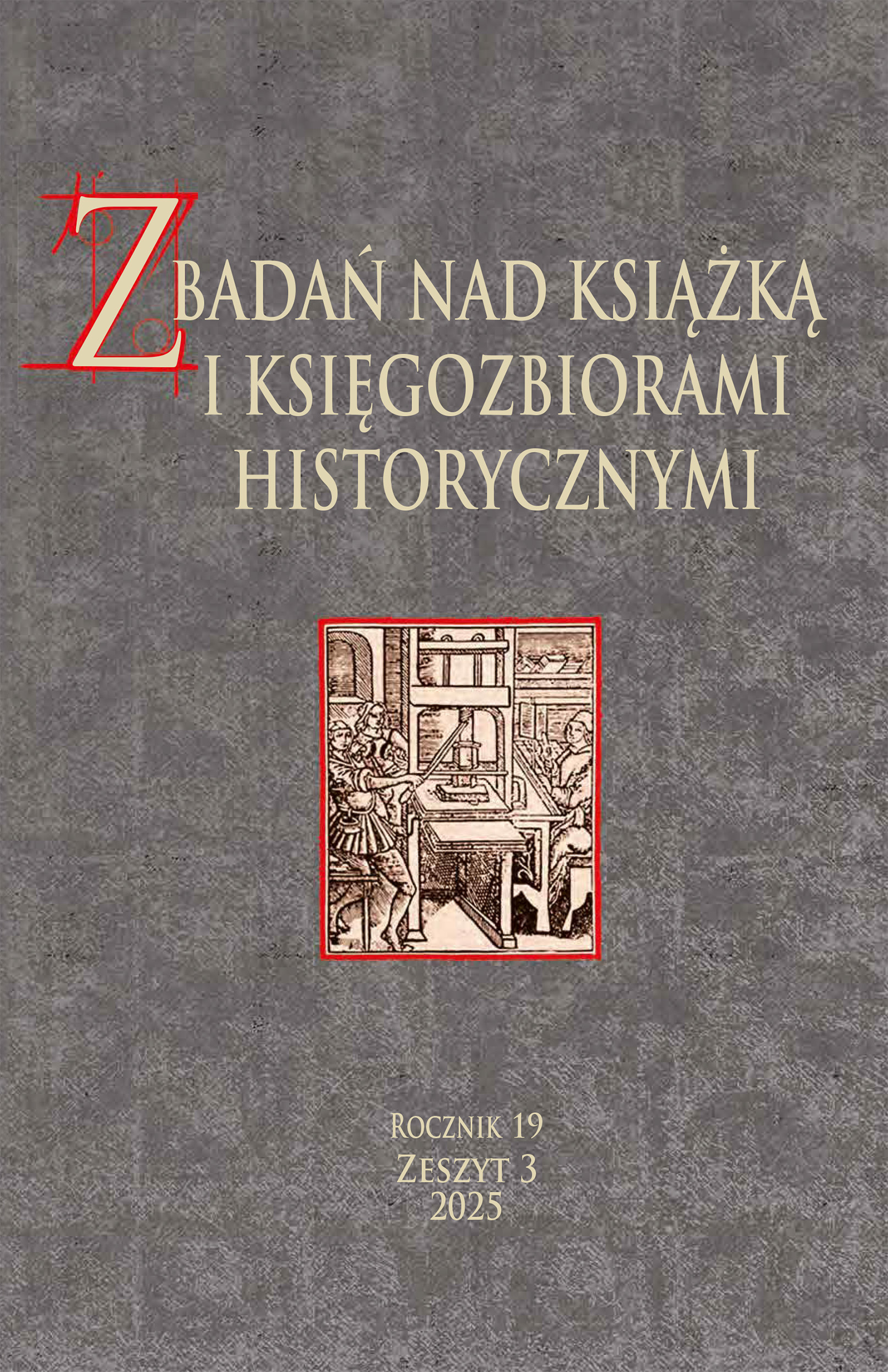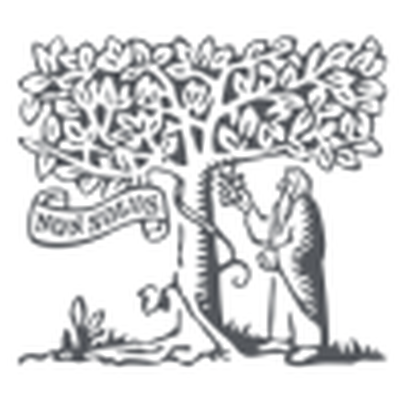Notes on the early history of paper in Central Asia based on material evidence
DOI:
https://doi.org/10.33077/uw.25448730.zbkh.2020.628Keywords:
Early manuscripts, Silk Road, papermaking, Central Asia, China, microscopy, fibre analysis.Abstract
The cultural background of the proliferation of early paper in Central Asia and its use outside China has rarely been explored. Since written sources are inconclusive regarding the origins and spread of papermaking, archaeological and material evidence assumes increased importance. The preserved manuscripts found along the Silk Road have been used as a key source in the study of religion, literature and the cultural history of Central Asia. They have, however, rarely been viewed as artefacts in their own right, with their own specific form and produced by a specific technology. Paper is one of the most important physical aspects of a manuscript and at the same time bears witness to early papermaking technologies. As an introduction to the volume Asian paper as writing support, this article outlines the early history and technology of papermaking as revealed by the oldest manuscripts in existence, those found along the Silk Road.
References
• Adriaensen R., Bakker H.T. , Isaacson H. (eds.), The Skandapurāṇa, Groningen 1998.
• Beck M., Mustang Das Land der Lo-pa: Ein kultureller Reiseführer durch das ehemalige Königreich im nordwestlichen Nepal, Berlin 2014.
• Bhattarai B., Dividing Texts: Conventions of Visual Text-Organisation in Nepalese and North Indian Manuscripts, Berlin-Boston 2019.
• Bloom J.M., Paper before Print. The History and Impact of Paper in the Islamic World, New Haven- London 2001.
• Bloom J.M., Papermaking: The Historical Diffusion of an Ancient Technique, [in:] Mobi-lities of Knowledge. Knowledge and Space, ed. by H. Jöns, P. Meusburger, M. Heffer¬nan, Cham 2017, pp. 51-66.
• Bodhisattvabhūmi (MS Add. 1702), [online] https://cudl.lib.cam.ac.uk/view/MS¬-ADD-01702/6 [accessed 27.12.2019]
• British collections: Contents and Access, International Dunhuang Project website, [online] http://idp.bl.uk/pages/collections_en.a4d#2 [accessed 02.10.2020].
• Clapperton R.H., Paper: An Historical Account of Its Making By Hand from the Earliest Times Down to the Present Day, Oxford 1934.
• Collings T., Milner D., An Examination of Early Chinese Paper, “Restaurator” 1979, vol. 4, pp. 129-151.
• Collings T., Milner D., The Identification of Oriental Paper-Making Fibres, “Journal of the Institute of Paper Conservation” 1978, vol. 3, pp. 51-79.
• Dalton J., Davis T., and van Schaik S., Beyond Anonymity: Paleographic Analyses of the Dunhuang Manuscripts, “Journal of the International Association of Tibetan Studies” 2007, vol. 3, pp. 1-23.
• Dąbrowski J., Remarks on the Invention of True Paper by Cai Lun, “IPH Congress Book” 2006, vol. 16 Special Edition, pp. 5-16. Dąbrowski J., Kwestia jedwabiu w wynalazku papieru przez Cai Luna, [in:] Emanations: To professor Jerzy Malinowski on the occasion of his 70th birthday. Fine Arts Diary 2020, no. 15, pp. 149-153.
• Diringer D., The book before printing: ancient, medieval and oriental, New York 1982.
• Dotson B., Helman-Ważny A., Codicology, Paleography, and Orthography of Early Tibetan Documents: Methods and a Case Study, Wien 2016.
• Drège J.-P., Les débuts du papier en Chine, “Comptes rendus des séances de l'Académie des Inscriptions et Belles-Lettres” 1987, vol. 131, no. 4, pp. 642-652; [online] http:// www.persee.fr/doc/crai_0065-0536_1987_num_131_4_14537.
• Drège J.-P., Le papier dans la Chine impériale. Origine, fabrication, usages, Textes présentés, traduits et annotés par Jean-Pierre Drège. Paris, Les Belles Lettres (Bibliothèque chinoise, 24), 2017.
• Durkin-Meisterernst D., Friedrich M., Hahn O., Helman-Ważny A., Nöller R., Raschmann S.-C., Scientific methods for philological scholarship: Pigment and paper analyses in the field of manuscriptology, “Journal of Cultural Heritage” 2016, vol. 17, pp. 7-13.
• Enami K., Sakamoto S., Okada Y., Masuda K., Paper made from Millet and Grass Fibre found in the Secular Documents of Pre-Tang and Tang Dynasty, http://zopeman64.bbaw. de/bbaw/Forschung/Forschungsprojekte/turfanforschung/bilder/Vortrag_Enami.pdf
• Enami K., Ishizuka H., Akao E., Okada Y., History of Chinese paper witnessed by paper itself: Scientific analysis of paper used for Chinese manuscripts, documents and books of ancient to premodern eras preserved in Japan, paper presented at the workshop “Chinese Paper as Writing Support: Terminology and Standards” organised by The Centre for the Study of Manuscript Cultures, University of Hamburg.
• Enami K., Sakamoto S., Okada Y., Origin of the difference in papermaking technolo¬gies between those transferred to the East and the West from the motherland China, “IPH Paper History: Journal of the International Association of Paper Historians” 2010, vol. 14, no. 2, pp. 12-22.
• Gosavi P.G., Did India invent paper?, “Tappi Journal” 1984, vol. 67, no. 2, pp. 42-44.
• Gosavi P.G., Does Hand Made Paper (100% Cotton Rags) Need Acid Free Conditions?, “Paper History” 2000, vol. 10, no. 3, pp. 54-56.
• Graafen R., The importance of trade for Kāgbeni, [in:] Kāgbeni. Contributions to the villa-ge’s history and geography, ed. by P. Pohle and W. Haffner, Giessen 2001, pp. 247-252.
• Graafen R., Seeber C., Important Trade Routes in Nepal and Their Importance to the Settlement Process, “Ancient Nepal” 1993. no. 133, pp. 34-48.
• Hanausek T.F., The Microscopy of Technical Products, New York-London 1907.
• Harimoto K., The Dating of the Cambridge Bodhisattvabhūmi manuscript Add. 1702, [in:] Indic Manuscripts Cultures through the Ages: Material, Textual, and Histo¬rical Investigations, ed. by V. Vergiani, D. Cuneo, C.A. Formigatti, Berlin 2017, pp. 355-376.
• Harimoto K., In search of the oldest Nepalese manuscript, “Rivista Degli Studi Orienta¬li” 2011, vol. 84, no. 1/4, pp. 85-106.
• Harimoto K., Nepalese Manuscripts of the Suśrutasaṃhitā, “Journal of Indian and Bud¬dhist Studies” 2014, vol. 62, no. 3, pp. 1087-1093.
• Helman-Ważny A., More than meets the eye: Fibre and Paper Analysis of the Chinese Manuscripts from the Silk Roads, “STAR: Science & Technology of Archaeological Research” 2016, vol. 2 no. 2, pp. 127-140.
• Helman-Ważny A., A Preliminary Study of the Paper of the Diamond Sutra (Or.8210/P.2), “International Dunhuang Project News” 2011-2012, no. 38, pp. 6-7.
• Helman-Ważny A., Schaik S. van, Witnesses for Tibetan Craftsmanship: Bringing To¬gether Paper Analysis, Palaeography and Codicology in the Examination of the Ear¬liest Tibetan Manuscripts, “Archaeometry” 2013, vol. 55 no. 4, pp. 707-741.
• Hunter D., Papermaking. The History and Technique of an Ancient Craft, New York 1978.
• Karabacek J. von, Arab Paper, transl. by D. Baker and S. Dittmar with additional notes by D. Baker, London 2001.
• Karabacek J. von, Das arabische Papier eine historisch-antiquarische Untersuchung. Bd. 2-3, Wien 1897.
• Konishi M.A., Hāth-Kāghaz, history of handmade paper in South Asia, New Delhi 2013.
• Kossowska-Janik D., Cotton and Wool: Textile Economy in the Serakhs Oasis during the Late Sasanian Period, the Case of Spindle Whorls from Gurukly Depe (Turkmeni¬stan), “Ethnobiology Letters” 2016, vol. 7, no. 1, pp. 107-116.
• Laufer B., Paper and Printing in Ancient China, Chicago-New York 1931.
• Li F., My View of the Root of Papermaking in Chang’an, “Hand Papermaking” 1995, vol. 10, no. 2, pp. 10-14.
• Ling S., Bark Cloth Culture and the Invention of Paper-making in Ancient China, “Bulletin of the Institute of Ethnology, Academia Sinica” 1961, vol. 11, pp. 1-51.
• Losty J., The Art of the Book in India, London 1982.
• Macdonell, Arthur Anthony, A history of Sanskrit literature, New York 1900. Online ver¬sion available at: https://archive.org/details/historyofsanskri00macduoft/page/n8 [ac¬cessed 22.05.2019].
• Müller F.M., A History of Ancient Sanskrit literature, Varanasi 1968.
• Nöller R., Helman-Ważny A., The Materials of Turfan and Dunhuang Manuscripts: Analysis of Paper, Pigments and Dyes, “International Dunhuang Project News” 2013, vol. 41, pp. 6-7.
• Pan J., Review on the debate of paper history during recent 30 years in China, “IPH Paper History. Journal of the International Association of Paper Historians” 2011, vol. 15, no. 2, pp. 6-12.
• Pelliot P., Histoire ancienne du Tibet, Paris 1961.
• Petech L., Medieval History of Nepal (c. 750-1482), Roma 1984.
• Raschmann S.-C., Rischel A.-G., Old Turkish Fragments from the Berlin Turfan Collec¬tion. Paper analysis of 62 manuscripts and block prints, [in:] Alttürkische Handschri¬ften. Teil 18: Buddhica aus der Berliner Turfansammlung. Teil 1: Das Apokryphe sutra Säkiz Yükmäk Yaruk, Stuttgart 2012, pp. 265-311.
• Rischel A.-G., Through the Microscope Lens: Classification of Oriental Paper Technology and Fibres, [in:] Looking at Paper: Evidence & Interpretation: Symposium Proceedin¬gs, Toronto 1999, Ottawa 2001, Ottawa 2001, pp. 179-188.
• Schaik S. van, Helman-Ważny A., Nöller R., Writing, painting and sketching at Dunhu¬ang: Assessing the materiality and function of early Tibetan manuscripts and ritual items, “Journal of Archaeological Science” 2015, vol. 53, pp. 110-132.
• Sen J., India’s trade with Central Asia via Nepal, “Bulletin of Tibetology” 1971, no. 8, pp. 21-40.
• Spengen W. van, The Geo-history of Long-distance Trade in Tibet 1850-1950, [in:] The Ti-betan History Reader, ed. by G. Tuttle and K.R. Schaeffer, New York 2013, pp. 491-524.
• Sutermeister E., The Story of Papermaking, Boston 1954.
• Trier J., Ancient Paper of Nepal. Result of ethno-technological field work on its ma-nufacture, uses and history – with technical analyses of bast, paper and manuscripts, Copenhangen 1972.
• Takeuchi T., Old Tibetan Buddhist Texts from the Post-Tibetan Imperial Period (mid-9 c. to late 10 c.), [in:] Old Tibetan Studies: Proceedings of the 10th Seminar of the IATS 2003, ed. by C. Scherrer-Schaub, Leiden 2012, pp. 205-216.
• Tsien T.-H., Paper and printing, Cambridge 1985, Sciences and Civilization in China, ed. J.S Needham, vol. 5.
• Tsundru J., Preserve and Development of the Manufacturing Technology of Traditional Tibetan Paper, Lhasa 2010.
• Uebach H., From Red Tally to Yellow Paper: The official introduction of paper in the Tibetan administration in 744/745, “Revue d’Études Tibétaines” 2008, vol. 14, pp. 57-69.
• Uray G., New Contributions to Tibetan Documents from the post-Tibetan Tun-huang, [in:] Tibetan Studies: Proceedings of the Fourth Seminar of the International Association for Tibetan Studies. Schloss Hohenkammer - Münich 1985, ed. by H. Uebach and Jam¬pa L. Panglung, München 1988, pp. 515-528.
• Vitali R., A short history of Mustang (10th-15th century), Dharmasala 2012.
• Weiji C., History of textile technology of ancient China, New York 1992.
• Wiesner J. von, Studien über angebliche Baumbastpapiere, Wien 1892.
• Wiesner J. von, Mikroskopische Untersuchung alter Ostturkestanischer und anderer asia-tischer Papiere nebst Histologischen Beiträgen zur mikroskopischen Papieruntersu¬chung, Wien 1902.
• Wiesner J. von, Ein neuer Beitrag zur Geschichte des Papieres, “Sitzungsberichte der Kai-serlichen Akademie der Wissenschaften. Philosophisch-Historische Classe” 1903, vol. 148, pp. 1-26.
• Wiesner J. von, Über die ältesten bis jetzt aufgefundenen Hadernpapiere. Ein neuer Beitrag zur Geschichte des Papiers. “Sitzungsberichte der Kais. Akademie der Wissenschaften in Wien, Philosophisch-Historische Klasse, 168. Band, 5. Abhandlung von J. v. Wiesner, wirkl. Mit¬gliede der kais. Akademie der Wissenschaften (Vorgelegt in der Sitzung am 10. Mai 1911). English translation of the Austrian publication by Anna-Grethe Rischel in this volume.
Downloads
Published
Issue
Section
License
Copyright (c) 2020 - fully remain with the author.

This work is licensed under a Creative Commons Attribution-NonCommercial 4.0 International License.







